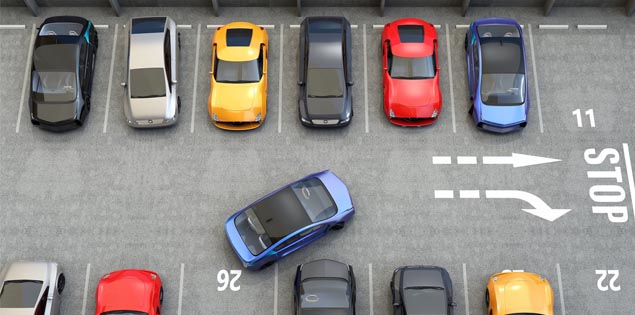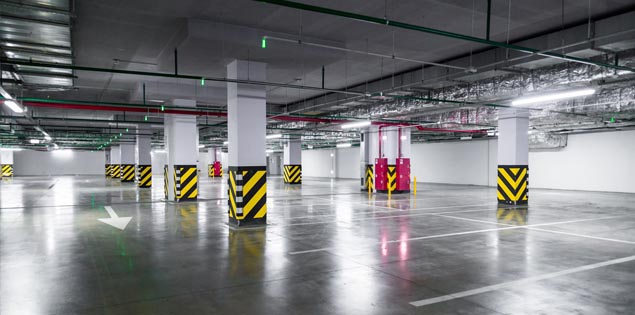
It’s no surprise that the parking management industry is poised to grow by leaps and bounds over the next few years.
According to a new report from Persistence Market Research, the parking management industry is worth more than $3 billion today — 40 percent of which has been captured by the North American market — and it’s on track to grow to $5.7 billion globally by 2021. Off-street parking such as garages and parking lots are expected to be the lion’s share of this growth.
To the casual observer, this might suggest a simple numbers game: there are more cars and more drivers, therefore, cities need to accommodate with more parking spots. That wouldn’t be inaccurate: municipalities have used expanded parking lots or garages as a way to attract more visitors and shoppers to their business districts.
Today, thanks to parking management technologies, decision-makers have an advanced way to effectively manage their existing parking situation, increasing efficiency within their current infrastructure instead of building an overabundance of the same.
From “Set And Forget” to Active Management
According to Prof. Richard Willson, professor of Urban and Regional Planning at California State Polytechnic University, Pomona, parking for the last 50 years has been approached with a “set it and forget it” mentality. Lots were paved, meters were put into place and garages were built with no plans to revisit and revise as needs evolved.
Needless to say, parking needs have changed drastically since those lots and garages were initially built. Particularly for municipalities, parking can be a complicated issue — enforcement is split between multiple departments, and nearly all municipalities have codes — possibly outdated ones at that — which determine the amount and location of parking spots. Combined with tightening budgets, shrinking spaces (particularly in high-density cities) and evolving parking needs, creating additional space simply doesn’t fly.
Willson proposes a shift in the approach taken to parking management — instead of building more, focus on properly optimizing what’s available. This is especially important to consider, particularly because the latest trends suggest the need for parking may actually decrease as ride-sharing and decentralized car ownership rise in popularity. Why spend millions of dollars and invest months or years to build more spaces that may remain empty?
“Instead of building more parking, focus on properly optimizing what’s available.”
There is where parking technology comes into play. Parking technology is an effective and accessible management solution that works within the existing parking garage or lot’s framework to optimize what’s available.
How Parking Technologies Help Facilitate Smooth Operations

When finding parking becomes difficult, drivers are inclined to stop looking and abandon their plans — more than half of drivers report giving up at some point during their search for a parking space. Seeing those drivers turn around and leave can start a domino effect for others, who then believe that there’s no space for them to park. Instead of circling around looking for a spot — and potentially missing a spot while searching, or holding up traffic while idling — parking technology that identifies open spots in real time keeps the lines moving and prevents customers from turning around and going somewhere else.
Optimizing parking has an important role to play in traffic management. Parking-related traffic, such as backup to enter a garage and “circling the block,” contributes to the problem. Technologies, which immediately indicate open spots, remove the guesswork out of searching for parking and consequently unclog the municipality’s roads.
Conditions are ripe for the parking management industry’s growth, here in New Jersey, the United States and around the world. The concept of parking management is picking up steam, encouraging facility managers, municipalities and other properties to maximize what they have instead of creating more space. With the right tools, parking management can effectively optimize their resources, increase revenue and ease the traffic burden on the surrounding roads.
